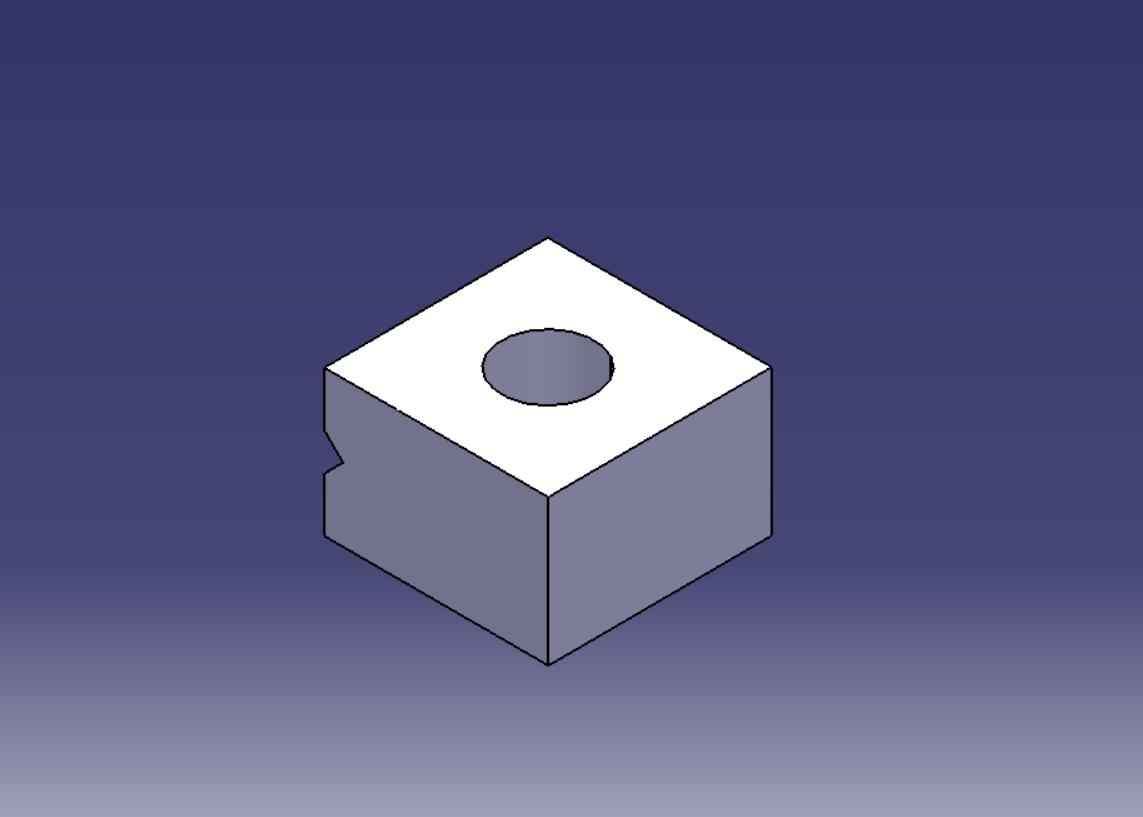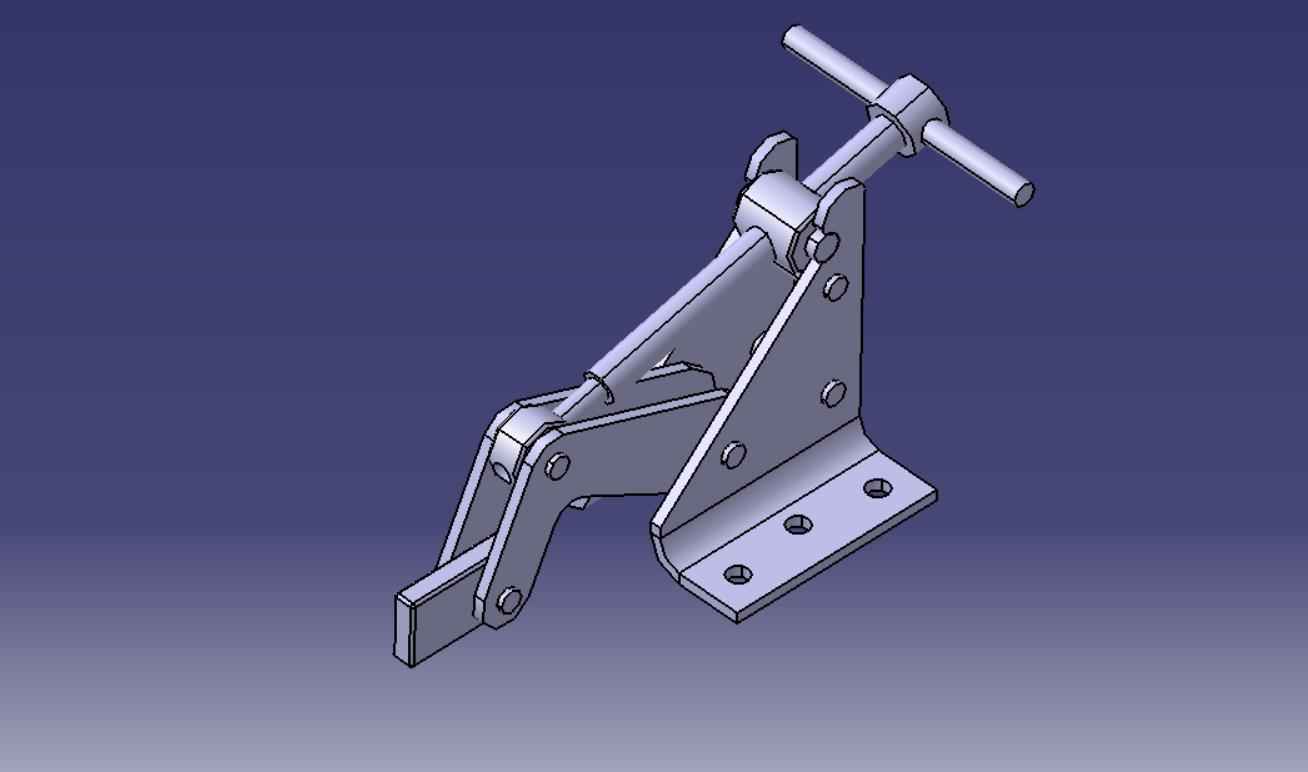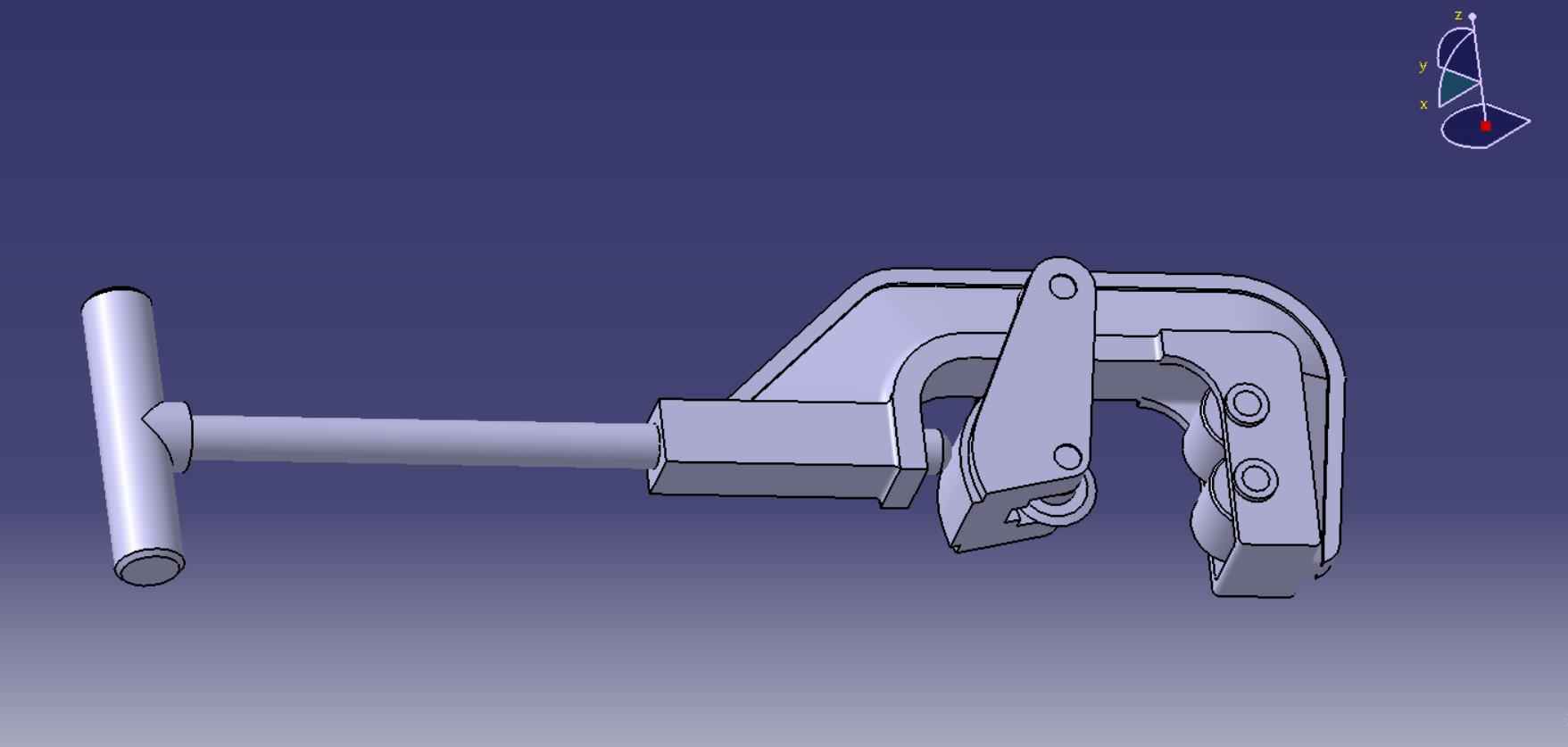Details
Compared to C-clamps, Kant-Twist clamps are better suited for repetitive and specialty applications. They’re ideal for welding, but can be used for other types of work as well. I don’t weld, and have mainly used my Kant-Twist clamps for more basic work-holding applications. The primary difference between Kant-Twist clamps and C-clamps is in how they are adjusted and closed. C-clamps have a vertical screw that is parallel to the direction of clamping, Kant-Twist clamps have their screw in a perpendicular direction. With C-clamps, there is sometimes a rotary motion, even if the pad is free to pivot and rotate. This motion can sometimes translate to the work-piece, causing it to move around as a clamp is being tightened. With Kant-Twist clamps, the closing motion is parallel. Kant-Twist clamps also have self-aligning rotating jaws with different profiles, such as flat and v-grooved.Kant-Twist clamps are also said to be lighter and smaller than comparably sized C-clamps.
Software
Categories
Keywords
KANT TWIST CLAMP
Comments
Statistics
| 275 | views | |
| 31 | likes | |
| 1 | comments | |
| 35 | downloads |


















